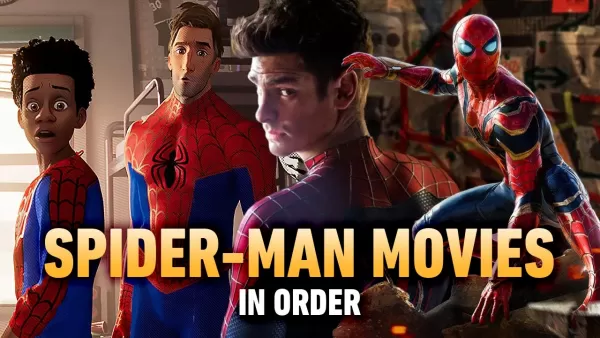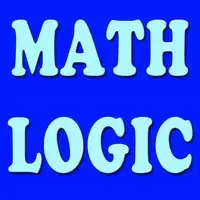After id Software’s phenomenal revival of Doom in 2016 and its even more refined sequel, Doom Eternal, the series found itself at an enviable peak. Yet, instead of attempting another lofty ascent, Doom: The Dark Ages chooses to stay grounded—both literally and figuratively. This medieval-tinged prequel shifts focus from Eternal’s platforming elements to a more grounded combat experience rooted in strafing-heavy mechanics and an emphasis on raw power.
The iconic arsenal remains intact—after all, this is Doom—but the game introduces a new standout weapon: the Skull Crusher. This beast consumes the skulls of vanquished foes as ammunition and retaliates by firing smaller, faster projectiles at surviving enemies. However, The Dark Ages elevates melee combat, placing significant importance on the trio of close-range tools: the electrified gauntlet (capable of charging up), the flail, and the Shield Saw—a revelation from the previous trailer. The latter can be thrown or used defensively to block, parry, or redirect attacks. As game director Hugo Martin put it after my demo, “You’re going to stand and fight.”
This approach aligns closely with inspirations drawn from the original Doom, Frank Miller’s Batman: The Dark Knight Returns, and Zack Snyder’s 300. To accommodate the increased chaos, Modern Doom’s signature Glory Kill finishing move system has been unsynced. Now, these lethal animations can occur from any angle on the battlefield and adapt dynamically to your surroundings. This change mirrors the claustrophobic battles of 300 and the original Doom, where enemies surround you in widened arenas. Levels have been adjusted to remain roughly an hour long, allowing players to tackle objectives in their preferred sequence while exploring freely.
Further enhancements address previous critiques. The narrative unfolds through cinematic cutscenes rather than relying solely on the Codex, offering a sprawling story akin to a summer blockbuster. This saga delves deeper into the Doom universe, with your status as the Slayer coveted by adversaries. Control schemes have been streamlined for greater intuitiveness, reducing complexity while maintaining accessibility. Melee weapons function like equipment slots, ensuring familiarity. Additionally, the game’s economy simplifies to a single currency—gold—and secrets now reward skill progression directly, offering gameplay-altering advantages over lore-centric discoveries.
Customizable difficulty sliders grant unprecedented flexibility, letting players fine-tune factors such as game speed, enemy aggression, and more. Two standout sequences—the towering 30-story demon mech, Atlan, and cybernetic dragonback riding—are confirmed to return in future encounters but won’t serve as one-off gimmicks. Minibosses accompany each, adding depth and challenge.
Perhaps most intriguingly, multiplayer has been shelved entirely to concentrate resources on crafting the definitive single-player experience. While Eternal’s Battlemode received praise, most fans likely won’t mind this decision.
For me, the original Doom shaped gaming history in 1993, and hearing Martin return to its core design philosophies reignites excitement. His commitment to evolving the formula while honoring its roots fills me with anticipation. May 15 can’t arrive fast enough.









